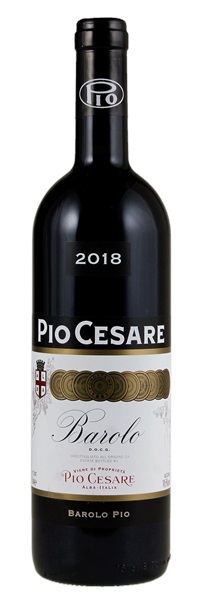
Aromas of spicy red cherries on a loamy underlay, together with savory twists of forest floor and walnut shell. Some orange rind, too. Full-bodied with very fine, firm and silky tannins and lots of long, focused fruit and spice flavor.
...opens to ripe aromas of dried plum and tobacco...tobacco aromas cede to cedar, earth, forest floor and hints of shaved truffle.
Deep, layered and so expressive...offers uncommon elegance right out of the gate. Dark mentholated aromas and flavors are intriguing...offers quite a bit of depth too... All the elements are impeccably balanced throughout.
Underbrush, hazelnut and new leather aromas come to the forefront along with a whiff of eucalyptus. Linear and already accessible, the palate offers toasted nut, dried cherry and licorice before a coffee close. Polished, refined tannins provide support.
...spicy red, with cherry and floral aromas and flavors picking up accents of wild herbs and iron. Trim and balanced, ending with a light dusting of tannins and fine length.
Balsamic nose... Hints of garden herbs, brooding cherry and cranberry...approachable on the palate with ripe, supple fruit with plenty of stuffing without being heavy. Bags of grainy, tasty tannins and quite a firmly structured fruit-driven finish.